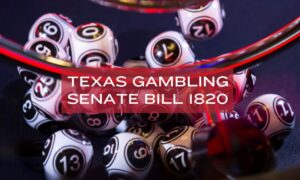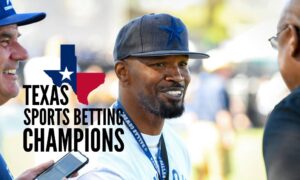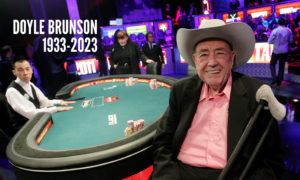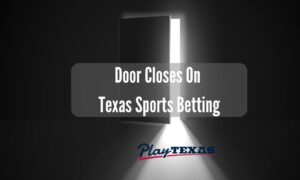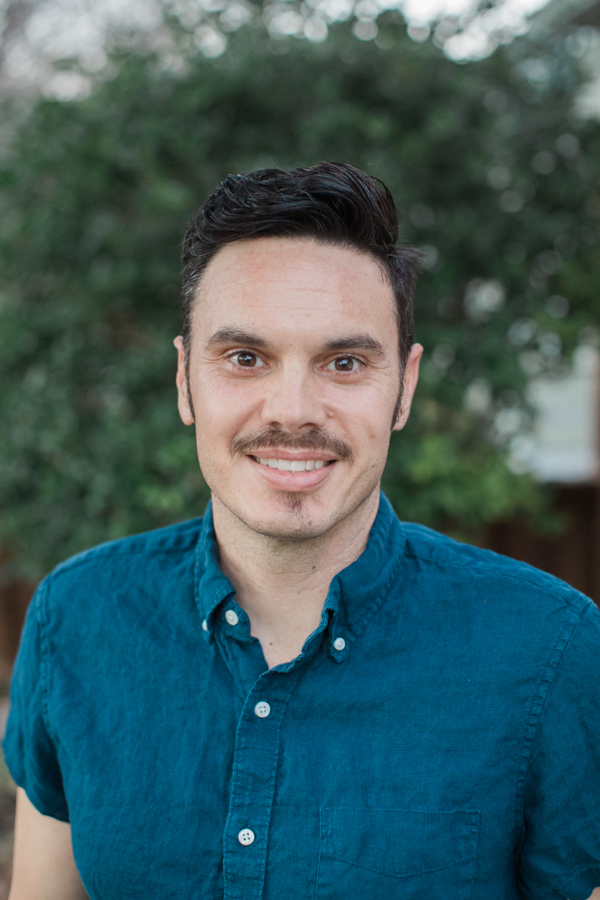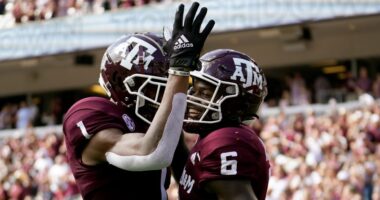
When the Supreme Court ruled in Alston v. NCAA that colleges could not regulate education-based scholarships as stringently as they had, the NCAA prudently decided to let up on their planned Name, Image, and Likeness (NIL) regulations as well.
Maybe the lawsuits were wearing them down.
Regardless, they left the lid open on the evolving NIL partnership industry that has been called the “Wild West” by everyone involved in it.
The NCAA’s interim plan to support NIL partnerships
Last year, the NCAA sent a memo establishing their “interim” NIL policy led in 2019 by California’s SB 206. The policy memo was in response to several states that defied historical NCAA laws prohibiting collegiate athletes from making money off their NIL.
The bland tone of the memo obscured the obvious consternation the NCAA felt at their inability to manage the situation:
“With the variety of state laws adopted across the country, we will continue to work with Congress to develop a solution that will provide clarity on a national level. The current environment — both legal and legislative — prevents us from providing a more permanent solution and the level of detail student-athletes deserve.”
It may have seemed like a temporary concession, but this memo opened a pandora’s box. One of fast dealings, powerful collectives, and web services all descending on teenagers looking to make high six-figure deals during their collegiate careers.
The other element at play, even if not immediate, is sports betting. Legalized Texas online sports betting could be massive, if and when it ever happens, but how would it impact college athletics and athletes?
NIL regulations at the state level
While the NCAA tries to control the narrative around NIL partnerships, the rules for NIL partnerships lie entirely at the state level.
Currently, 28 states permit NIL partnerships in some form. And the NCAA’s interim plan requires that schools in states that allow NIL partnerships must comply with those laws.
Law firms have NIL state trackers updating the states with NIL legislation on the horizon. At the moment, 16 more states have NIL legislation on the docket. Currently, the only states with no NIL policies are:
- Alaska
- Delaware
- Idaho
- Indiana
- Maine
- North Dakota
- South Dakota
- Utah
- Wyoming
Recruitment and donor collectives
From a student-athlete perspective, recruitment is now heavily influenced by NIL partnership opportunities. For top athletes, these decisions are monumental.
The Athletic recently reported on a Five-Star football recruit who penned an NIL deal worth upwards of $8 million. That number is certainly an outlier, but six-figure deals are more common than five-figure deals for high-profile collegiate athletes.
Furthermore, this process puts high school students in a similar position to college students entertaining the One and Done Rule.
Quinn Ewers, a Texas high school standout QB and one of the top recruits in the country, left high school after his junior year to enroll at Ohio State. The deciding factor: a hefty NIL deal.
What are donor collectives?
Wading into this fast-paced stream of social media deals, public appearances, and brand ambassadorship, are third-party groups. These groups have no direct university affiliation but a heavy interest in funneling recruits into their favored schools.
These “donor collectives” typically represent wealthy alumni of major universities interested in brokering NIL deals for incoming students. They operate largely outside of NCAA regulations to get student-athletes into their schools.
In some iterations, fans sign up with these collectives to get access to:
- Athletes signed memorabilia
- Meet and greets
- Events featuring the athletes
While in others, the collective puts athletes in touch with businesses looking to sponsor them.
The collectives-as-brokers take a cut but funnel the majority of earnings to the player. What makes this different from illegal booster donations is that the students must do “something” to get paid by these collectives.
“Something” is the language of the NCAA’s interim memo. And collectives are having a field day imagining ways to get players to do “something” before signing them a huge check.
NIL impact on smaller colleges
From the perspective of the schools, the stakes are equally high. Take a school like South Dakota State University. They’re a small Division I mid-major that had a great 2022 basketball season and almost knocked off Providence in the March Madness opening round.
The Jackrabbits were well-coached, play in a relatively weak conference and have the making of a future Cinderella story. South Dakota State has a lot in common with a team like Wichita State, who, after a few years of barely making the tournament, rolled to the Final Four in 2013 as a 9 seed and sent three players to the NBA.
However, if South Dakota maintains its stance on outlawing NIL deals, the recruitment pool dwindles significantly. As do the chances of SDSU or any team in a state outlawing NIL deals.
NIL compliance
A student-athlete in the position of the aforementioned Quinn Ewers, a 17-year-old standout with enormous potential, doesn’t have a college counselor to help him better understand NIL laws by state.
Mikey Williams, a 17-year-old North Carolina prep school basketball phenom, doesn’t have a high school coach to give him the basics on signing a shoe deal that might limit where he goes to college.
As this is the case all across the country in the first year of legal NIL dealings, another industry is taking shape. The NIL compliance industry.
Spry, founded by Wake Forest alum Lyle Adams, is labeled as a “collegiate sports compliance platform.”
The platform aims to help athletes organize all their NIL deals. And communicate them to the necessary parties at their universities.
In the absence of school officials providing the counsel for student-athletes, platforms like Spry and Athliance have stepped in with paid “pro” versions of their platforms and consultation services.
As state laws vary in what they permit in NIL partnerships, these for-profit companies represent the most comprehensive solutions available to students.
It’s a runaway train
The NCAA, by being so gun shy about putting restrictions on what students can earn via NIL partnerships has set a wide-open precedent. And companies are going full tilt at younger and younger players.
Coaches, parents, and universities are all along for the ride, and, presumably, they’re waiting for someone to hit the brakes. The problem is no one knows who that will be.
For Mark Stoops, head coach of University of Kentucky football, the trepidation in his tone is clear:
“Not to say we all don’t want more for the players. I’m not sure this is exactly what we had in mind. This is a runaway train.”


